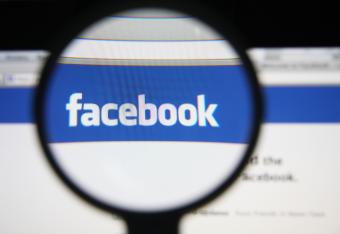
With the rapid rate of change in social media tools and snapshot impressions of the "state of the web," it can be very difficult to stay on top of what is really useful and current and what is yesterday's news.
An Exponential Rate of Change
Every day seems to bring some new social networking site, whether it's a brand new service or some "mashup" of existing apps in some new way. While giants such as Facebook and MySpace continue to grow, and blogging platforms such as WordPress and LiveJournal continue to fill the web with the voices of people, one never knows when the next new "killer app" might appear. Twitter, for example, didn't exist in 2005 - yet anyone earning a marketing degree today would be very upset if their professors didn't cover the impact of micro-blogging on business. Whereas five years ago a business had to make sure it had a website, today businesspeople need to make sure they have a LinkedIn account, because that business networking site has become as essential as the business card itself.
A Demand for Connection and Content
Even as the social media sphere explodes with users talking to each other and sharing their stories, images, videos, and sounds, old media is discovering itself starved for content. Digital technology has enabled hundreds of TV channels, side band HD radio, satellite radio - and all of it needs content to fill the demands of a world intent on media consumption. This has caused the same radio stations that first ridiculed podcasting (independently produced internet talk shows) to seek to syndicate and play podcasts on their stations.
More than that, the social media tools and snapshot and sound and status updaters have all evolved. Rather than access sites via a web browser, people are using their phones, independent widgets, public kiosks, and other interesting "web-enabled" devices. Rather than simply watch a race in person, families can follow a runner in a marathon via a RFID chip in their sneaker. Pets can be scanned and track with biotech-friendly computer chips. President Obama sent text messages to supporters during his campaign, and his own social media tool, the BlackBerry, was a subject of much discussion after he took office.
From the Tried-and-True to the Completely New
For an example of the range of tools available to people via social media, take a look at these examples:
- Facebook - the big daddy of the social media websites, Facebook started as a college networking site and is swiftly expanding to network the world, with organizations and causes using the site to gather support.
- Twitter - While a relatively young comer to the social media spotlight, Twitter has become an intense force, especially in the world of news. The first photo of the downed jetliner in the Hudson River was sent through Twitter, and students resisting the disputed elections in Iran used it to communicate their messages to Western news sources.
- Digg - Digg is a tagging site, where users submit articles they find on the web with the idea that others will "digg" it and find it interesting and pass it on. There are many sites like this for recommending other sites - StumbleUpon and Tumblr, for example - but Digg was one of the first, and remains a favorite especially among the technorati.
- AudioBoo - The most recent in the same line of media-sharing tools that include YouTube and SeesMic, AudioBoo is a way for people to share audio snippets with anyone. Integrated with the iPhone, it has the potential to allow millions of users to share their audio thoughts, events, interviews, or whatever. It lacks the complication of a podcast, but features the immediacy and ease of Twitter.
How to Hear About Social Media Tools and Snapshot Updates
It remains to be seen if AudioBoo will be a success or if it will go the way of other social media failures like Jaiku and Friendster. Staying abreast of developments is easy by using another social media tool: RSS and a news reader. Subscribing to blogs listed on the Social Media Top 200 will give you a head start on picking and using the right tools for your own social media lifestyle.







